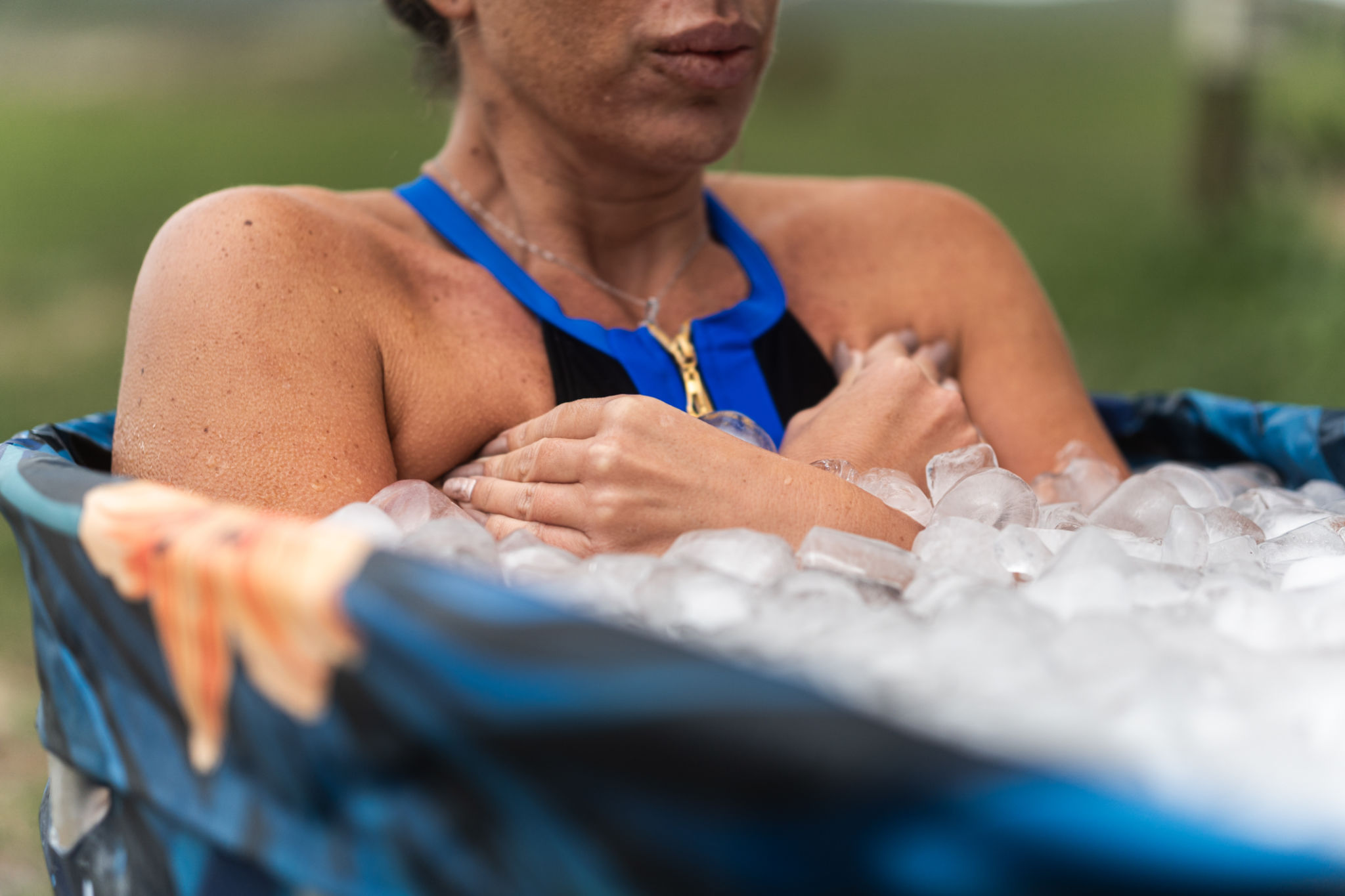Debunking Myths: Is Cryotherapy Safe and Effective?
Understanding Cryotherapy
Cryotherapy, also known as cold therapy, has gained popularity for its purported health benefits, ranging from pain relief to improved skin health. This treatment involves exposing the body to extremely cold temperatures for a short period. But as with any trending health treatment, it's crucial to separate fact from fiction. In this blog post, we will explore whether cryotherapy is both safe and effective.

The Science Behind Cryotherapy
Cryotherapy works by using cold temperatures to reduce inflammation and pain. The premise is that when the body is exposed to cold, blood vessels constrict, reducing blood flow to inflamed areas. Once the body returns to normal temperature, blood flow increases, which is thought to help flush out toxins and promote healing.
While this sounds promising, it's essential to note that most scientific studies supporting cryotherapy have been small-scale or anecdotal. More extensive research is necessary to fully understand the effects of cryotherapy on the human body.
Common Myths About Cryotherapy
There are several myths surrounding cryotherapy that need to be addressed:
- Cryotherapy is a miracle cure: While it may help with temporary pain relief and inflammation reduction, it is not a cure-all solution for chronic conditions.
- It burns calories: Some claim that cryotherapy can significantly boost calorie burn. However, the actual impact on weight loss is minimal and should not replace a healthy diet and exercise.
- It's completely safe for everyone: Cryotherapy is not suitable for individuals with certain health conditions like heart disease or severe hypertension.

Safety Concerns
Cryotherapy is generally considered safe for healthy individuals when performed correctly. However, there are potential risks involved. Prolonged exposure to extreme cold can result in frostbite, burns, or even hypothermia if not monitored properly. It's crucial to ensure that cryotherapy sessions are conducted by trained professionals who follow safety protocols.
Moreover, individuals with specific medical conditions should consult their healthcare provider before trying cryotherapy. Conditions such as Raynaud's disease, cardiovascular issues, and nerve damage may exacerbate under extreme cold temperatures.
The Effectiveness of Cryotherapy
The effectiveness of cryotherapy can vary depending on the individual and the condition being treated. Athletes often use it for muscle recovery after intense workouts, and some people report relief from joint pain and arthritis symptoms. However, these effects are usually temporary and should be part of a comprehensive treatment plan.
For cosmetic purposes, cryotherapy is claimed to improve skin tone and reduce signs of aging. While some users notice improved skin appearance, these results are largely subjective and vary from person to person.

Conclusion: Is Cryotherapy Right for You?
In conclusion, cryotherapy may offer benefits for certain individuals seeking temporary relief from pain or inflammation. However, it is not a one-size-fits-all solution, and its effectiveness can vary widely. Before trying cryotherapy, it's advisable to research thoroughly and consult a healthcare professional to determine if it's appropriate for your needs.
Remember that while cryotherapy might be an exciting addition to your wellness routine, it should complement—not replace—other essential health practices like exercise, a balanced diet, and medical treatments prescribed by your doctor.
